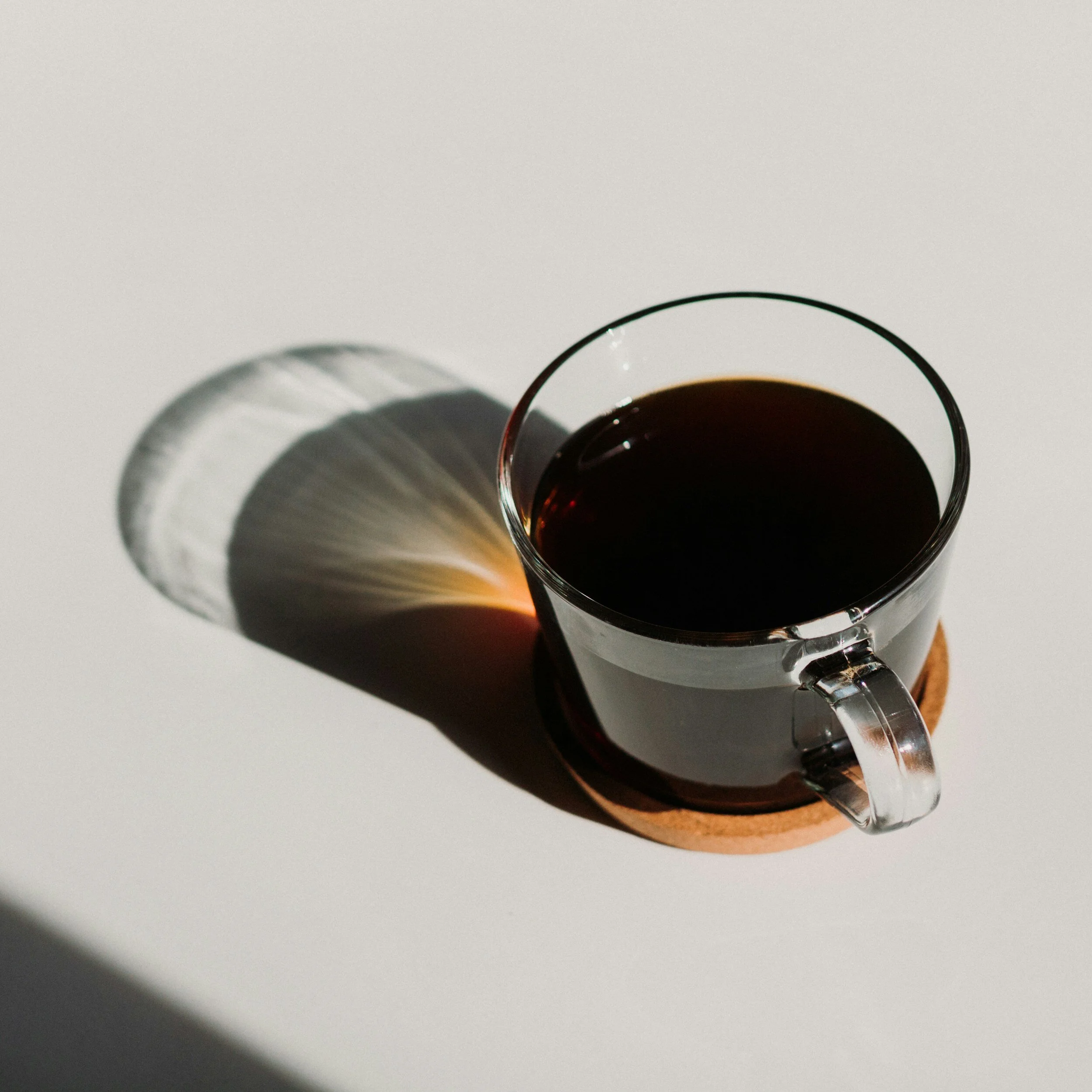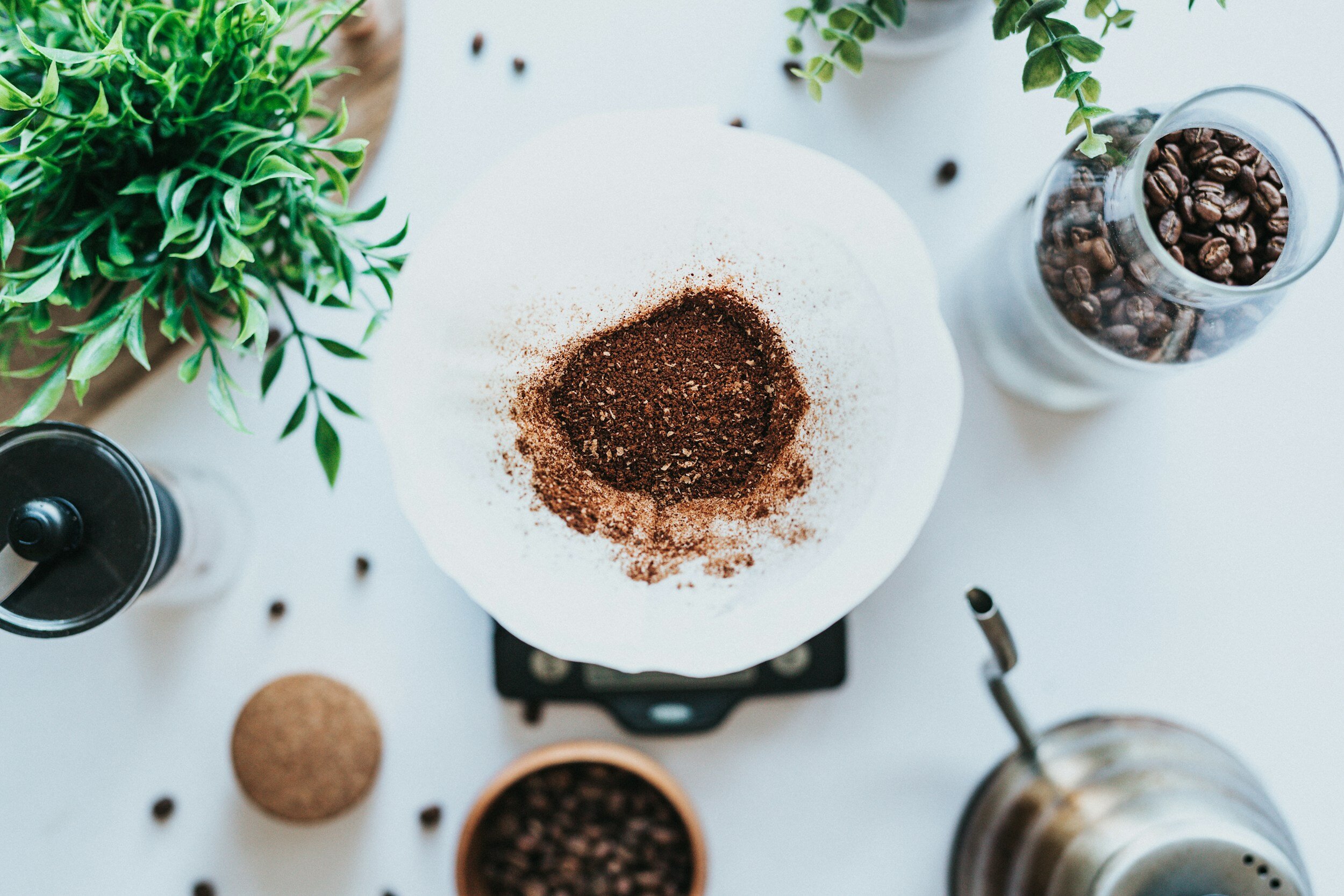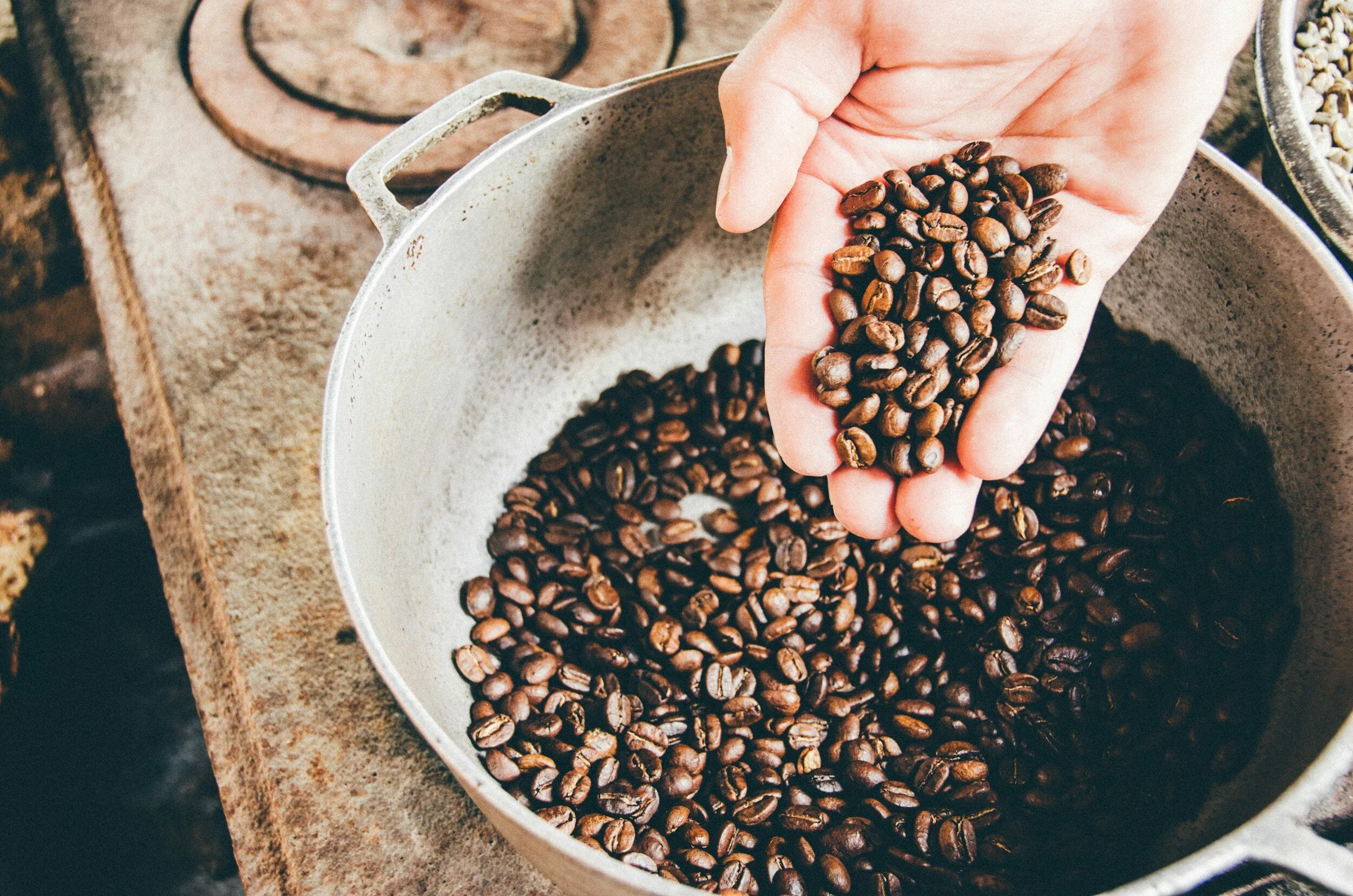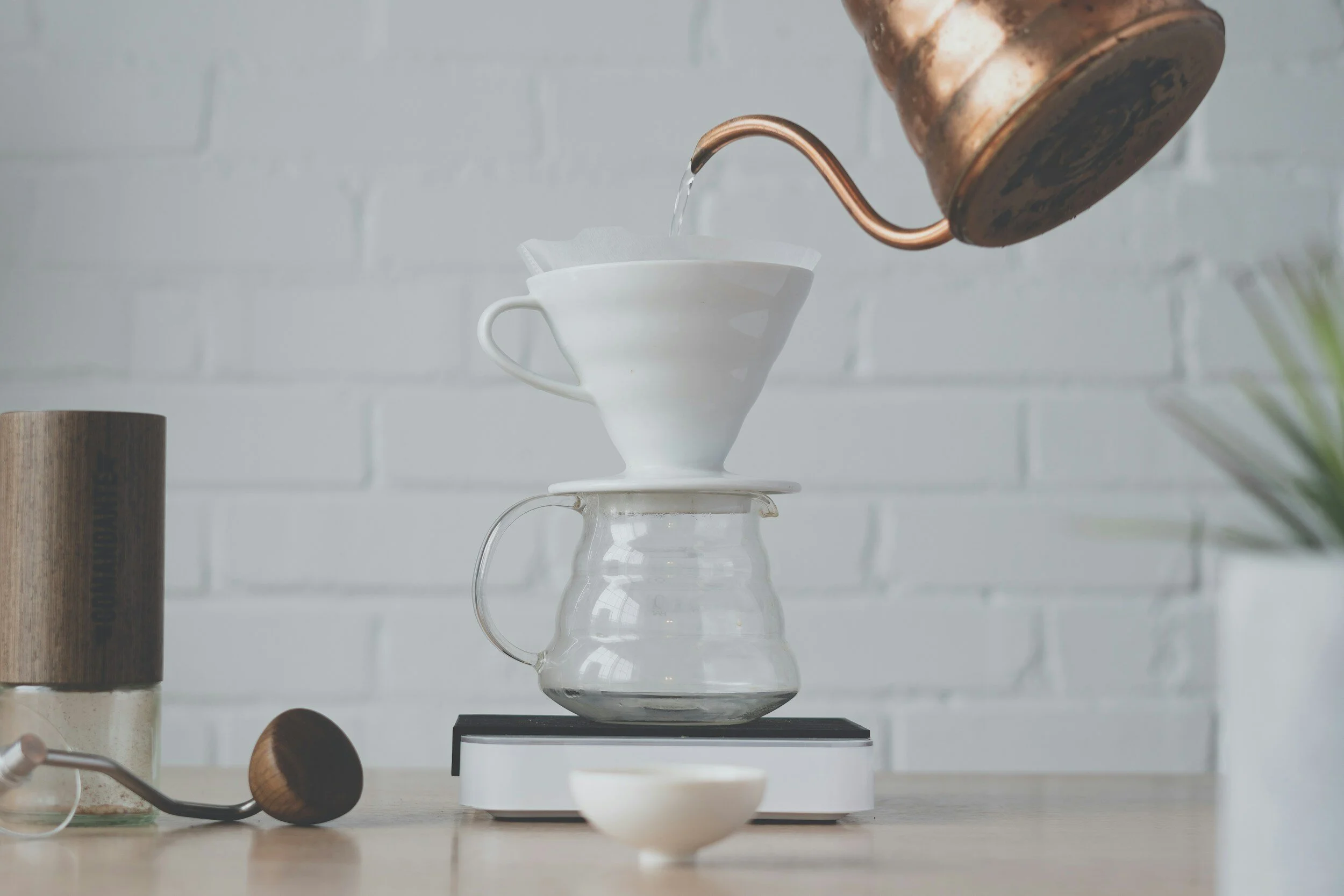Six Common Coffee Brewing Mistakes to Avoid: Tips for Beginners
Brewing coffee is an ecstatic experience. Whether brewing a classic plunger or aiming to hit the perfect drawdown of manual filter processing, the aim is always to brew the perfect cup of coffee.
The problem, however, occurs when the coffee you brewed is different from what you expected. This can frustrate many coffee drinkers, especially if you have hit the perfect coffee previously. There are many reasons as to why your coffee would not taste the same.
Here is our guide on common mistakes that coffee drinkers can avoid when brewing with their favourite method. Whether you're just starting out as a barista or looking to improve your skills, understanding these pitfalls can elevate your coffee game. Let's dive in!
Mistake 1: Not Cleaning Coffee Equipment
Clean equipment lays the foundation for a great-tasting coffee. Not only will clean coffee equipment leave you with a consistent brew, but it will also ensure that there is no addition of old, over-extracted coffee flavours.
In barista training sessions, the trainers always emphasize the importance of clean coffee equipment. Dirty equipment will compromise the taste and will enhance off-flavours in the form of enhanced bitterness.
Refrain from cleaning your brewing equipment regularly to avoid a buildup of coffee oils, residue, and mould, resulting in stale, rancid-tasting coffee.
Tip: Develop a cleaning routine and thoroughly clean your equipment after each use. Use specialized cleaning products or a mixture of water and vinegar to remove stubborn residue and maintain the integrity of your brewing equipment.
Mistake 2: Using one grind setting for all your coffees
There is no one-size-fits-all when it comes to grind size. Many coffee lovers will use the same grind size for all their brewing methods. This, however, will lead to either over or under-extracted coffee. If your grind size is too fine for brewing, you will experience over-extracted coffee in the form of severe bitterness and a lack of acidity and sweetness.
Certain particles will have been exposed to water for longer periods, which will leave those particles to produce over-extraction. Grinding too fine will leave coffee lovers with an under-extracted cup of coffee in the form of extreme acidity and a lack of body and sweetness.
Coffee lovers can find multiple brewing guides online to ensure that they grind their coffee according to the brewing method. This plays a crucial role in extracting the desired flavours and taste.
Whether you're brewing espresso, French press, or Pour-overs, selecting the appropriate grind size is vital. Every brewing method has a range of ideal grind sizes. By simply adjusting the grind size, coffee lovers can enhance and improve their coffee.
Here's a helpful tip to avoid this error: Match the grind size to your brewing method by referring to a reputable coffee brewing guide or consulting with knowledgeable barista trainers. Investing time in understanding grind size nuances will elevate your coffee experience and ensure consistently delicious brews.
Mistake 3: Neglecting water quality and temperature
Clean equipment and the perfect grind size will have little impact if you do not use the best-suited water temperature or high-quality water. A coffee lover's cup of coffee will contain around 98% water. This is true for both an espresso and a manual brewed coffee.
Firstly, paying attention to water quality is a crucial mistake many coffee drinkers make. Many barista trainers will focus deeply on the impact of quality water. Coffee needs certain minerals to ensure the water extracts the most out of every particle.
Poor water quality will introduce terrible flavours and impurities, which will leave the coffee drinker with an undesired cup of coffee. By simply installing or using filtered water with the correct amount and type of minerals to ensure that your extraction is ideal is key.
Other than quality water, brewing at the best-suited temperature is important. Many might argue that the temperature is not that important, but the science behind the extraction has shown that as little as 1-2 degrees can influence your coffee by as much as 70%.
Barista training emphasizes the significance of using clean, filtered water to enhance the purity of flavours in your brew. This, accompanied by a water temperature between 90-94 degrees, will set an excellent foundation for your brewing experience.
Here is a helpful tip: Use bottled water that contains the perfect amount of minerals. Then, to optimize your brew, use water between 90 -94 degrees Celsius. Another tip is to preheat your brewing equipment to maintain a consistent temperature throughout the process. Avoid boiling water directly over coffee grounds to prevent bitterness.
Mistake 4: Avoiding External Influences
Multiple external influences can impact the coffee brewing extraction process. Something as simple as storing your bloom or swirling your last poured water can enhance the agitation, which can take it from an under-extracted brewed coffee to a well-extracted brewed coffee.
The problem with adding external influences is that it is difficult to do consistently. If you stir your coffee in the blooming phase, you need to do that consistently to ensure that the result is the same every time.
In certain barista training sessions, trainers will advise coffee lovers to avoid adding any additional or external influences, such as stirring your coffee to the brewing process. The key, however, is to have the knowledge that everything you do does impact the extraction and taste of your coffee.
An excellent tip for coffee lovers is to take note of every external influence throughout the coffee brewing process. If the brewed coffee tastes exceptional and you love the flavours, stick to the process.
If coffee drinkers struggle to find consistency or a great cup of coffee, it would be easier to avoid all the external influences such as stirring, swirling or making contact with the coffee bed at all. Let the water do the work for you.
Mistake 5: Ignoring The Freshness Of The Coffee
There has been a big debate on what can be seen as fresh coffee. According to the Specialty Coffee Association, coffee can be seen fresh up to two months after roasting. Although this may be true, as time passes, the roast is not the sole influence on the freshness of the coffee.
The first factor that will impact the freshness of the coffee is whether it is pre-ground. When coffee is grounded and left in a bag, it loses its flavours and aromas at double the time. This is why many barista trainers and coffee lovers are advocates for grinders before scales, temperature-variable kettles or fancy equipment.
The second factor that will impact the freshness of coffee is the storage process. There are five enemies of coffee: light, odours, moisture, heat, and water. Coffee brewers should keep their coffee away from these enemies of coffee at all times. The only time coffee should come in contact with any of these enemies is if the coffee lover initiates it.
In an ideal world, coffee lovers should purchase coffee that is not fresher than five days after roast or should shy away from using coffee that is older than two weeks if it is stored properly. This excludes frozen coffees.
To avoid this mistake, purchase coffee beans from your favourite roasters five days after roasting and aim to use them within two weeks after purchase. Additionally, store your beans properly in an airtight container away from light, heat, and moisture to preserve their flavour and aroma.
Mistake 6: Eyeballing Your Measurements
Brewing coffee is not a guessing game. The aim should always be to know precisely what is going into the cup of coffee. Eyeballing your measurements is a significant pitfall that many coffee lovers fall into. In barista training sessions, coffee lovers ask why their coffee is never consistent, and it always boils down to the mere fact of eyeballing.
Coffee equipment has been created not only to enhance the coffee experience but also to ensure that coffee lovers know exactly how much coffee and water they are using in their brewing process.
The aim should not be to obtain or purchase the world's best coffee scale in the form of an acacia,felicita or timemore but rather to start with a scale. In this instance, any scale is better than no scale.
Guessing or estimating ratios can result in over or under-extracted coffee, which will leave the coffee drinker satisfied and satisfied with the process. And if this happens consistently and regularly, coffee drinkers might end up selling all their home equipment and only drink coffee at their local coffee shop.
To avoid this mistake, invest in a quality coffee scale to accurately measure both coffee grounds and water ratios. Following a trusted brewing recipe and adhering to precise measurements will yield consistently delicious coffee every time.
Conclusion
By avoiding these common coffee brewing mistakes and following our tips, you can elevate your brewing skills and enjoy consistently delicious cups of coffee. Join coffee courses or ask your local roastery and barista for some advice next time you are in the shop. They will gladly assist you. Happy brewing!






